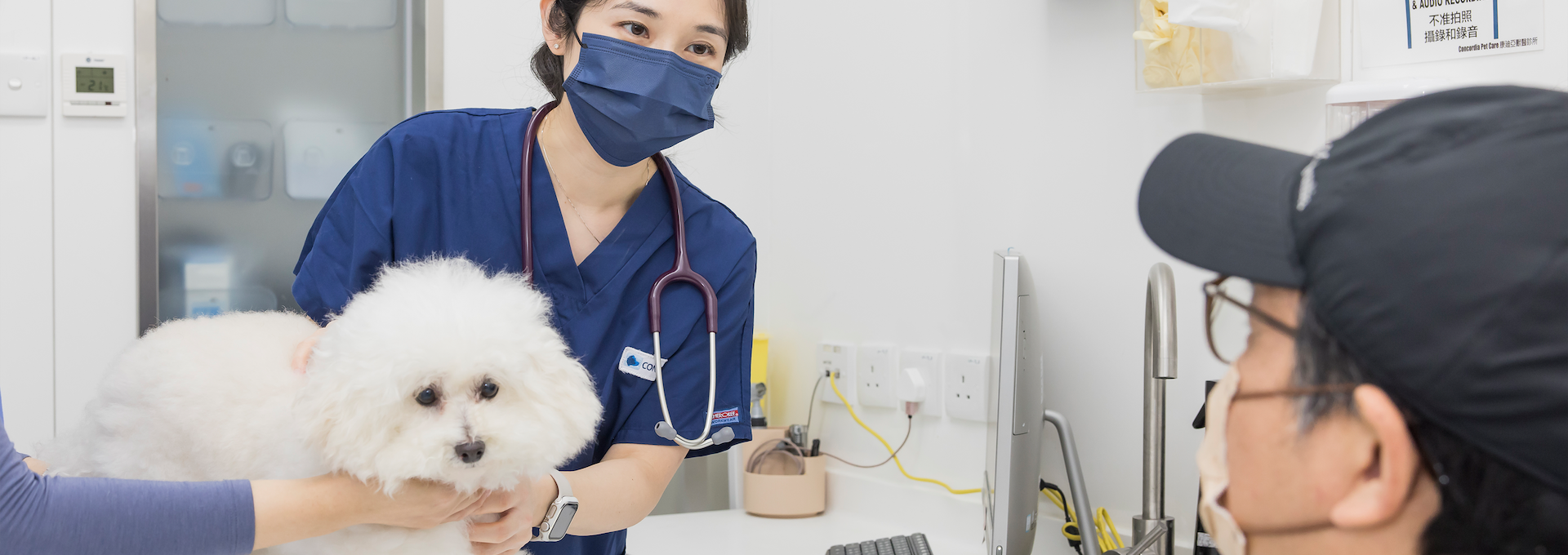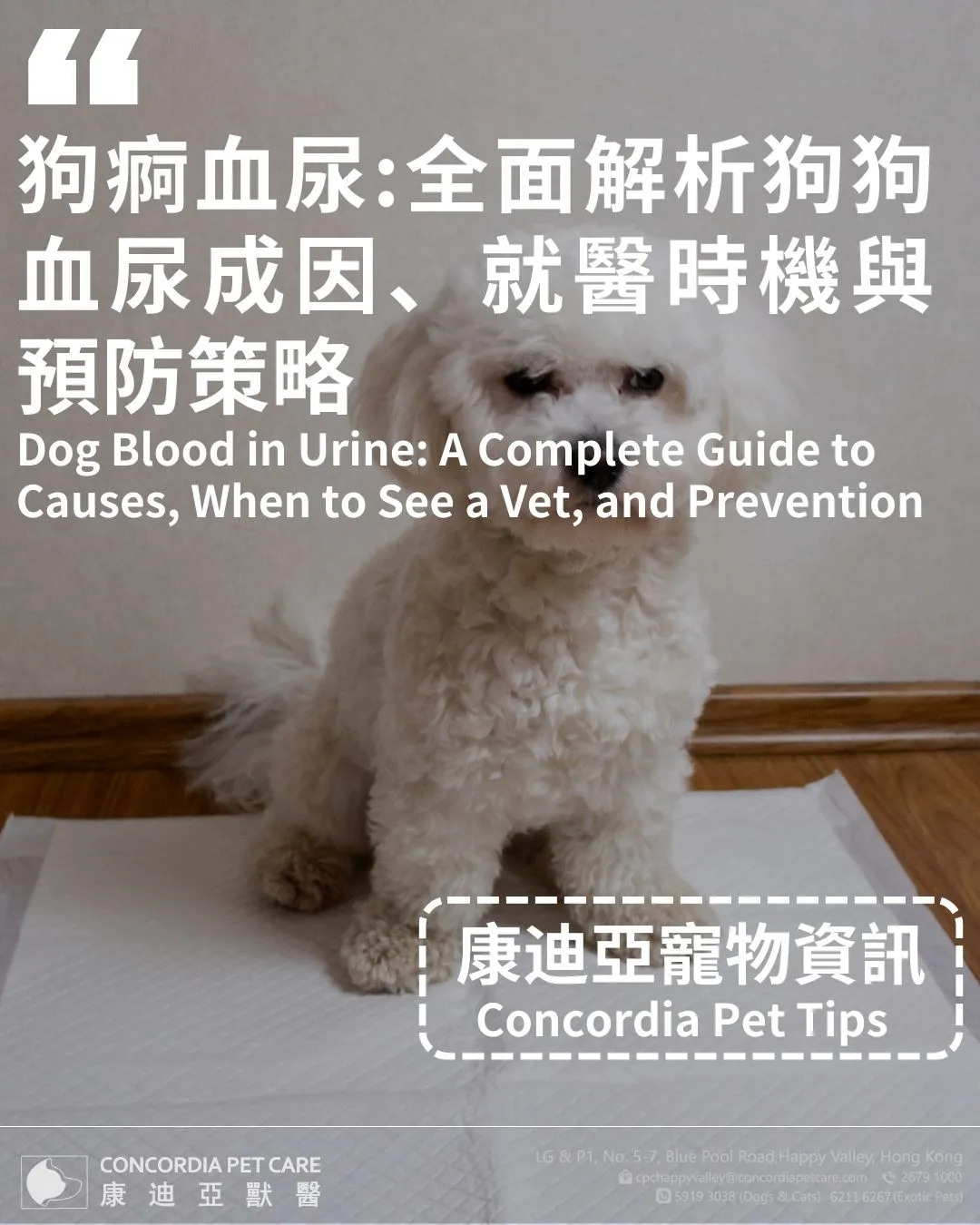
How to Manage Pet Separation Anxiety? Home Remedies + Professional Treatments
 Concordia Pet Care
Concordia Pet Care
 2025-08-20
2025-08-20


How to Manage Pet Separation Anxiety? Home Remedies + Professional Treatments
You may think your pet is simply being emotional, but it could actually be separation anxiety. This is one of the most common behavioral issues among pets, often mistaken as naughtiness or temper tantrums. In reality, your pet may be experiencing psychological stress. Without proper handling, the condition can worsen over time. This article will help you fully understand the causes and symptoms of pet separation anxiety, while providing practical home remedies and professional treatment options to help both you and your furry companion overcome the challenge together.
What Is Pet Separation Anxiety?
Separation Anxiety is a common emotional disorder in dogs and cats. When owners leave, pets may bark excessively, scratch doors, destroy furniture, or urinate indoors, showing extreme distress at being left alone. If left untreated, this may develop into long-term behavioral issues, straining the pet–owner bond.
In Hong Kong, the problem is even more prevalent. Small living spaces, limited companionship, and frequent noise disturbances can heighten pets’ anxiety, increasing their dependency on owners and triggering separation anxiety symptoms.
Unlike general anxiety, separation anxiety only occurs when the owner is absent, while the pet feels calm and stable when the owner is present. General anxiety, on the other hand, can appear at any time and is often linked to environmental or auditory triggers. Treatment approaches also differ—separation anxiety requires building confidence in being alone, while general anxiety requires addressing specific fears or triggers.
Common Symptoms of Pet Separation Anxiety (Dogs & Cats)
Excessive barking, whining, or howling: Some pets bark until they become hoarse.
Destructive behavior: Chewing furniture, shoes, doors, or curtains; scratching doors or windows.
Inappropriate elimination: Urinating or defecating indoors despite being toilet-trained.
Excessive self-licking or biting: May lead to wounds or skin damage.
Physiological reactions: Drooling, panting, trembling.
Restlessness or hyperactivity: Pacing, inability to settle.
Appetite changes: Loss of appetite, or stress-induced overeating.
Escape attempts: Scratching doors, digging floors, or jumping out of windows to follow owners.
Shadowing behavior: Following the owner everywhere, becoming distressed at signs of departure.
Noise sensitivity: Overreacting to footsteps or door sounds, mistaking them for the owner’s return.
Additional cat-specific symptoms:
Excessive grooming: Causing hair loss or skin irritation.
Withdrawal: Reduced activity and playfulness.
Stress-related physical issues: Nausea or vomiting.
Why Do Pets Develop Separation Anxiety? 7 Common Causes
Lack of early socialization: Limited positive interactions with people or animals during puppy/kitten stage makes pets less adaptable to solitude later.
Overdependence on owner: Constant companionship without independence, often reinforced by over-pampering.
Environmental or lifestyle changes: Moving homes, new owners, household changes, or schedule disruptions.
Negative experiences or trauma: Abandonment, abuse, loss of a bonded companion, or long-term shelter stays.
Genetic or personality traits: Some breeds are naturally more timid, clingy, or sensitive.
Insufficient exercise: Lack of physical activity leaves excess energy, worsening anxiety and behavior problems.
Medical conditions: Health issues (e.g., hormonal imbalance, gastrointestinal discomfort) can mimic separation anxiety symptoms.
How to Relieve Your Pet’s Anxiety Immediately
Increase Exercise and Mental Stimulation
Take your pet for a walk, jog, or play session before leaving home. Interactive toys, puzzle feeders, or hide-and-seek games help keep pets engaged and distracted when alone.
Provide Physical Comfort and a Safe Space
Use petting, gentle holding, or massage to calm your pet. Tools like pressure vests (e.g., Thundershirt) can mimic a hug, enhancing security. Create a designated safe resting area, such as a bed, crate, or quiet corner.
Use Sound and Scent Therapy
Play classical music or white noise to mask environmental sounds. Consider pheromone diffusers or sprays (e.g., Adaptil, Feliway) to reduce anxiety.
Long-Term Professional Treatments for Pet Separation Anxiety
Behavior Training
Gradual desensitization: Start with short separations and extend gradually with positive reinforcement. Counter-conditioning: Associate being alone with pleasant experiences. Avoid emotional greetings or farewells.
Daily Adjustments and Environment Management
Provide puzzle toys, music, or calming scents to keep pets occupied. Consistent safe spaces improve confidence.
Medication and Supplements
In severe cases, vets may prescribe anti-anxiety medication. Natural supplements and pheromone products can also help.
Consistent Routines
Maintain regular feeding, play, and exercise schedules. This stability reduces stress. Regular vet or behaviorist check-ins are recommended.
Professional Support
If symptoms persist, consult an animal behaviorist for personalized training. Veterinary checks can rule out medical causes. Severe cases may benefit from pet psychotherapy.
Frequently Asked Questions (FAQs)
1. Can I scold my pet for misbehaving after I return home?
No. Pets cannot associate past actions with delayed punishment. They may instead link punishment with your return, causing more confusion and anxiety.
2. Will soothing my pet before leaving reduce separation anxiety?
Over-soothing may worsen sensitivity. Use a “low-key” approach 15–20 minutes before leaving and after returning, limiting emotional interactions.
3. My pet stopped barking after a long time. Does that mean they’ve adjusted?
Not necessarily. Silence may indicate “learned helplessness,” where pets give up due to exhaustion and hopelessness. This is harmful and not a sign of improvement.



